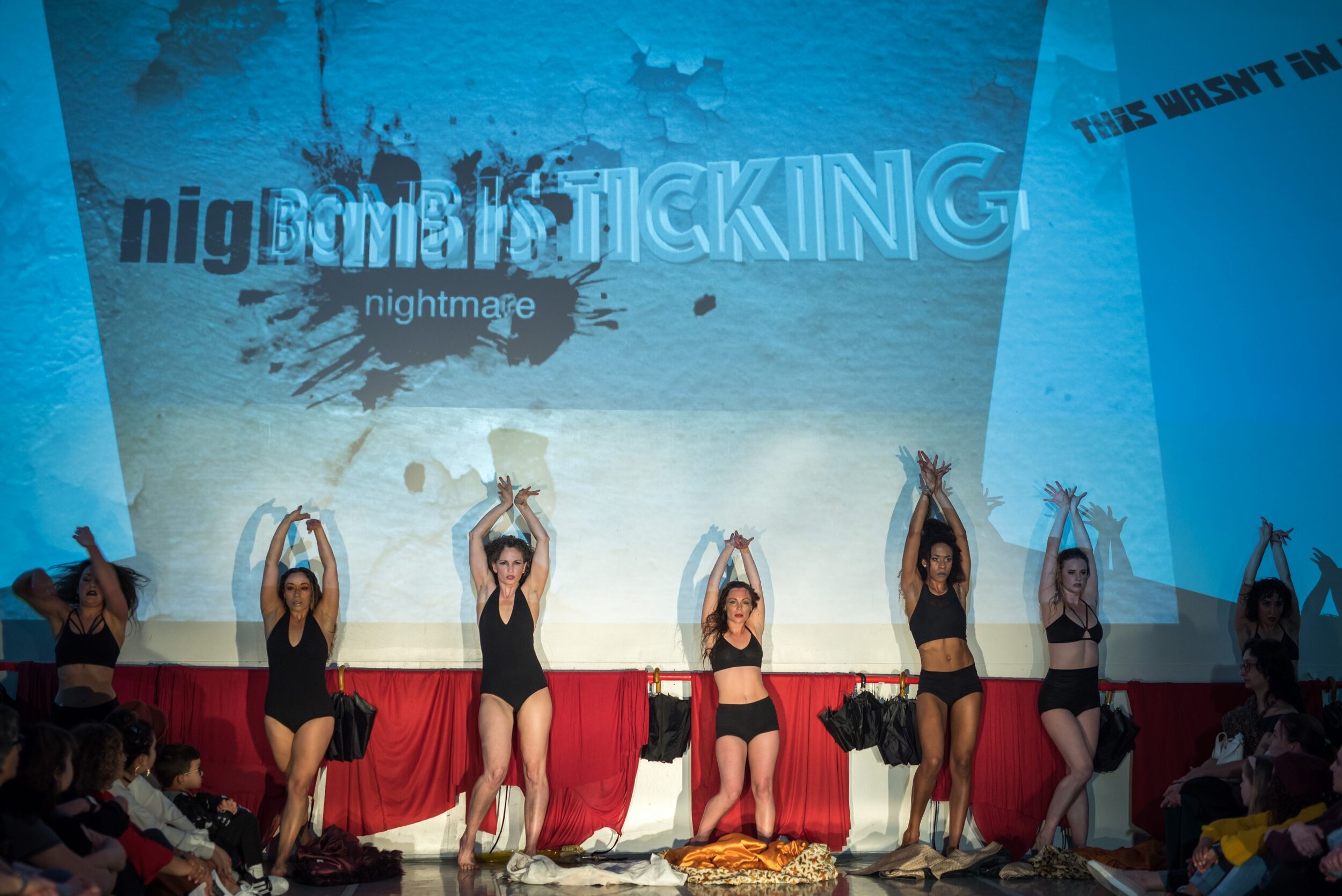‘Resting Our Eyes’ Exhibit at ICA SF Gallery
By Kim Christensen and Polina Smith
’Resting Our Eyes’ uplifts the practice of rest, beauty and adornment of Black women as radical acts of resistance, pleasure and power. Tahirah Rasheed and Autumn Breon co-curated this art exhibit, featuring over 20 multigenerational Black artists, to focus on the ‘liberation and celebration of Black women through the lens of leisure and physical adornment.’ A timely take on the personal is political maxim, Resting Our Eyes has drawn enthusiastic audiences to the new ICA gallery in San Francisco where it runs through June 25, 2023.
Curators Tahirah Rasheed and Autumn Breon celebrate ‘Resting Our Eyes’ exhibit at Institute of Contemporary Art San Francisco. Photography: Vikram Valluri. © BFA
“Collectively, these works invite us to see Black womxn as fully realized and free.”
Installation view of ‘Resting Our Eyes’ exhibit at ICA San Francisco gallery in 2023.
Photo by R. Tsai for Seismic Sisters.
Self-care as a political strategy is a trending topic among feminist resisters on social media; but of course, it has been known and used by Black women going way back. The curators cite specifically as inspiration the Combahee River Collective – a group of Black lesbian feminist activists and intellectual thinkers who gathered regularly in the 1970s in Boston. They met up as an intentional sisterhood for years, carving out time to cook suppers together, discuss books, make art, dance, talk politics and culture, as well as wonder and envision what the world would look like – and society feel like – “If Black women were free”.
Installation view of ‘Resting Our Eyes’ exhibit at ICA SF gallery in 2023.
Photo by R. Tsai for Seismic Sisters.
“If Black women were free, it would mean that everyone else would have to be free, since our freedom would necessitate the destruction of all systems of oppression.”
In 1977 they were invited to write down their ideas for a book challenging capitalist patriarchy; known as the ‘Combahee River Collective Statement’, it has since become famous and studied by feminists worldwide. In it, the Collective came to assert a guiding philosophy, namely that the successes of any movement centering Black women would naturally bring rewards to the greater society. This concept is vitally relevant today. Creating a politics that centers Black women’s experience and needs - of the body, reproduction, family, relationships, jobs, infrastructure, education, community, health and safety - and that emphasizes joy and happiness - would likely improve conditions for other marginalized groups and the whole of society.
Artist Adana Tillman, “Wild Thoughts” quilted fabric, on display in ‘Resting Our Eyes’ exhibit at ICA SF gallery, 2023. Photo by R. Tsai for Seismic Sisters.
This exhibit confronts the legacy of subordination and colonization that Black women face daily. It challenges that subordination by celebrating the physical acts of rest and beautification, two acts that are as radical as they are ordinary.
Artist LaKela Brown, “Doorknocker Earring Composition with Multiple Clusters and Impressions” 2022, plaster and acrylic. Courtesy of the artist and Reyes | Finn. Photo by R. Tsai for Seismic Sisters.
The secondary theme of the exhibit – physical adornment – is captured through several thoughtful artistic media. Artist LaKela Brown’s “Composition With 35 Golden Doorknocker Impressions,” references the big, bold and gold door knocker-style earrings that many Black women wear as a fashion symbol of resistance and proud celebration of their cultural heritage.
The symbolic earrings are celebrated not only within this art exhibit space, but also by partnering with Sucré, a popular jewelry brand now selling this historically-inspired original merchandise.
Artist Genevieve Gaignard, “Look What We’ve Become” 2020 on display in ‘Resting Our Eyes’ exhibit at ICA SF gallery. Photo by R. Tsai for Seismic Sisters.
The advancement of the voices of Black women, in spheres both political and artistic, is not and has never been a zero-sum game. Curators Breon and Rasheed have created ‘Resting Our Eyes’ to reflect and reify this important axiom.
‘Resting Our Eyes’ has garnered the attention and enthusiastic praise of such media outlets as Vogue, The Cut, and Artnet. Such large-scale attention has delivered a powerful platform to these Bay Area connected artists and curators. ‘Resting our Eyes’ is a powerful, challenging and thought-provoking multimedia exhibit uplifting themes of rest, beauty and adornment all centered within the context of a radical politics. ‘Resting Our Eyes’ is showing at the ICA San Francisco gallery from January 21 to June 25, 2023.
Street view of new ICA San Francisco art gallery, 2023. Photo by R. Tsai for Seismic Sisters.
About the authors: Kim Christensen is the founder and executive editor of Seismic Sisters; Polina Smith is a staff culture writer at Seismic Sisters.










